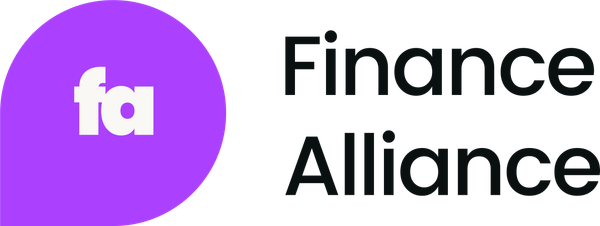Planning for the unexpected has always been close to my heart, perhaps because, in the world of finance, uncertainty is the only certainty we have. Over the years, I’ve seen how rigid planning can leave even the most established organizations vulnerable when market conditions shift. That’s why I’m passionate about a different approach - one that embraces change rather than fears it.
Agile FP&A (Financial Planning & Analysis) has become a game-changer for me and the teams I’ve worked with. Originally born in the world of software development, agile principles have now made their way into finance, offering a more flexible, collaborative, and adaptive way to plan for the future. This isn’t about throwing structure out the window. It’s about building a framework that evolves in real time, helping organizations make faster, smarter decisions when the unexpected happens.
In this article, I’ll share what agile FP&A really means, how it differs from traditional approaches, and the key methodologies that make it work. I’ll also explore a real-world case study from Adobe, which successfully transformed its financial planning processes, and I’ll outline practical strategies for putting agile FP&A into action in your own organization.
Exploring agile methodologies
Before diving into the specifics of how to implement agile FP&A, I want to start by clarifying what it really is. The term itself can sound like a buzzword, but the principles behind it are very practical.
What is agile FP&A?
Agile FP&A, short for Financial Planning & Analysis, is an approach to budgeting and forecasting that applies agile principles and values to the finance function. While agile began in software development, it has proven incredibly valuable in other areas, including finance. At its core, agile emphasizes collaboration, transparency, iteration, and adaptability.
Unlike traditional FP&A, which often runs on a rigid, annual cycle with infrequent updates, agile FP&A operates in shorter, more dynamic cycles. This allows teams to adjust quickly to changes in the market, business conditions, or internal priorities. Stakeholders are involved more frequently, and decision-making becomes a shared, ongoing process rather than a once-a-year event.
How agile differs from traditional FP&A
Traditional FP&A can be reactive, siloed, and slow-moving - producing static budgets that quickly become outdated. Agile FP&A shifts the mindset toward being proactive and dynamic.
It breaks down large budgeting processes into smaller, iterative steps, and it fosters ongoing conversations between finance and the rest of the organization. This approach helps align financial decisions with real-time realities.
The core methodologies of agile FP&A
1. Focus on business value
In agile FP&A, every decision ties back to business value. Financial planning is directly aligned with strategic goals and organizational priorities.
Instead of creating budgets in isolation, the FP&A team works closely with other departments to ensure every projection supports the company’s larger objectives. This keeps the function relevant and deeply connected to the decision-making process.
2. Foster collaboration
Collaboration isn’t optional, it’s foundational. Agile FP&A depends on regular communication across departments, whether through agile boards, daily stand-ups, or cross-functional planning sessions.
Finance shouldn’t work in a silo; we should be engaging with sales, marketing, operations, and other teams to ensure our financial insights reflect the full business picture.
3. Commit to continuous improvement
Agile thrives on iteration. For FP&A, that means continuously refining forecasts, budgets, and processes based on feedback and performance.
This might involve experimenting with new models, testing assumptions, and making small, frequent adjustments rather than waiting for an annual review.



 Follow us on LinkedIn
Follow us on LinkedIn



